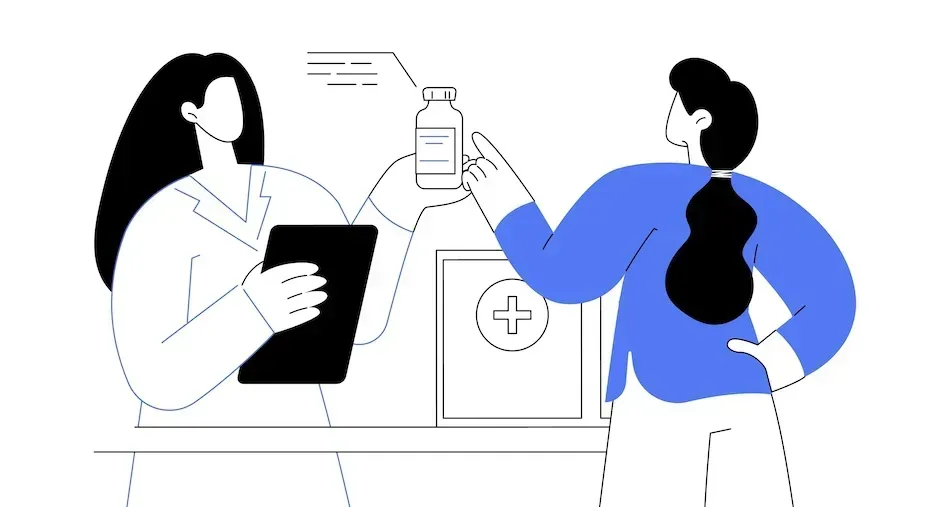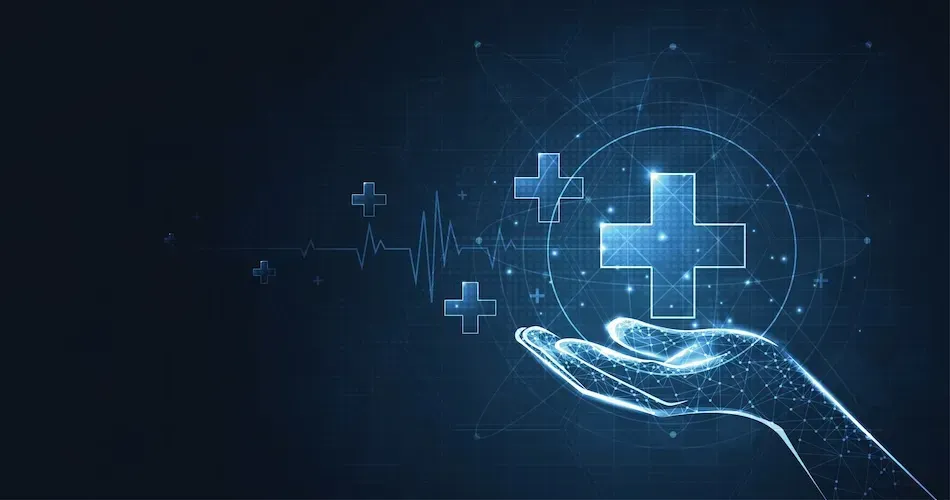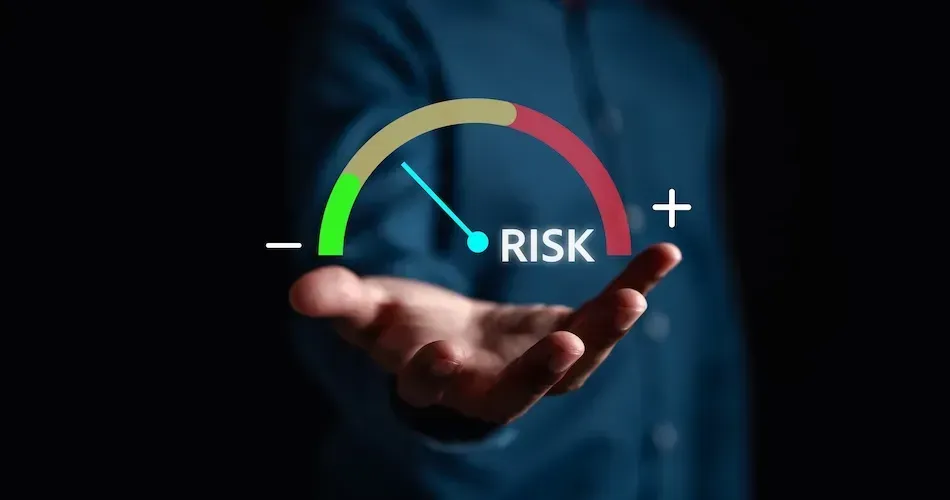What Is CLL?
What Does CLL Mean?
CLL stands for chronic lymphocytic leukemia.
- Chronic means it is a slower-progressing disease
- Lymphocytic means the CLL cells can be present in the lymph system
- Leukemia means the CLL cells may be found in the blood and bone marrow
Is Chronic Lymphocytic Leukemia Cancer?
CLL is a type of cancer that affects an immune system cell called a B-cell. Part of the cell's instructions (found in the B-cell's chromosomes) are deleted or changed, which causes the cell to be unable to work well and avoid cell death. This allows the ineffective cell to keep multiplying. In most CLL cases, the replication of the dysfunctional B-cell happens slowly. Over time, CLL cells can crowd out other types of blood cells causing health-related problems. Click here to learn about signs and symptoms of CLL to look for which qualify you to start treatment.
Learn from CLL experts in the HealthTree University video below about "What is CLL?"
What Differences Exist in CLL?
Each CLL case varies from person to person. Differences can include:
- The location of CLL cells
- Some people may have more CLL cells in the bloodstream, others may have more in the bone marrow, and some may have more in the lymph nodes. If there is more cancer in the lymph nodes than in the bloodstream, this is often called SLL or small lymphocytic lymphoma.
- Treatment timing
- Typically, one-third of CLL patients need treatment at the time of diagnosis, another third may need treatment later on, and some patients may never need treatment because of the slow progression of the disease. Click here to learn about the signs and symptoms of CLL that need to be present to start treatment.
- CLL type
- People with CLL can have different gene deletions and mutations in their cancer cells which alter how slowly or quickly the disease progresses. Click here to learn more about these CLL types. Click here to learn more about how these types influence disease progression and the average time in remission for various CLL treatments.
What Causes CLL?
The exact cause of CLL is not known. Reasons the B-cell's genes may become damaged to turn into CLL are believed to be possibly from a virus (and the body's immune system was too weak to destroy the virus-infected B-cell allowing it to multiply), from high and chronic amounts of oxidative stress, exposure to radiation, cancer-causing chemicals, and/or the patient may have inherited high-risk DNA and developed the disease later in life.
Who Gets CLL?
CLL is the most common type of adult leukemia in Western countries. As of 2020, there are an estimated 207,463 people living with CLL in the United States. CLL is more common in Western countries and is less common in Eastern countries. Men are more likely to be diagnosed with CLL than women.
People diagnosed with CLL are usually elderly. The average age of diagnosis is around 70 years old. Younger individuals may receive a diagnosis, however, doctors have seen that 90% of CLL patient diagnoses are over the age of 50.
Learn More About CLL
Stay tuned for CLL updates with the HealthTree News articles, where we share patient stories, treatment advances, and practical updates to help you be informed.
Sources:
- What to know about the relationship between the Epstein-Barr virus and leukemia
- Oxidative stress in leukemia
- Is CLL Genetic?
- What Percentage of CLL Patients Need Treatment?
- Cancer Stat Facts: Leukemia — Chronic Lymphocytic Leukemia (CLL)
- How Common is CLL?
- Is CLL More Common in Certain Groups/Demographics?
What Does CLL Mean?
CLL stands for chronic lymphocytic leukemia.
- Chronic means it is a slower-progressing disease
- Lymphocytic means the CLL cells can be present in the lymph system
- Leukemia means the CLL cells may be found in the blood and bone marrow
Is Chronic Lymphocytic Leukemia Cancer?
CLL is a type of cancer that affects an immune system cell called a B-cell. Part of the cell's instructions (found in the B-cell's chromosomes) are deleted or changed, which causes the cell to be unable to work well and avoid cell death. This allows the ineffective cell to keep multiplying. In most CLL cases, the replication of the dysfunctional B-cell happens slowly. Over time, CLL cells can crowd out other types of blood cells causing health-related problems. Click here to learn about signs and symptoms of CLL to look for which qualify you to start treatment.
Learn from CLL experts in the HealthTree University video below about "What is CLL?"
What Differences Exist in CLL?
Each CLL case varies from person to person. Differences can include:
- The location of CLL cells
- Some people may have more CLL cells in the bloodstream, others may have more in the bone marrow, and some may have more in the lymph nodes. If there is more cancer in the lymph nodes than in the bloodstream, this is often called SLL or small lymphocytic lymphoma.
- Treatment timing
- Typically, one-third of CLL patients need treatment at the time of diagnosis, another third may need treatment later on, and some patients may never need treatment because of the slow progression of the disease. Click here to learn about the signs and symptoms of CLL that need to be present to start treatment.
- CLL type
- People with CLL can have different gene deletions and mutations in their cancer cells which alter how slowly or quickly the disease progresses. Click here to learn more about these CLL types. Click here to learn more about how these types influence disease progression and the average time in remission for various CLL treatments.
What Causes CLL?
The exact cause of CLL is not known. Reasons the B-cell's genes may become damaged to turn into CLL are believed to be possibly from a virus (and the body's immune system was too weak to destroy the virus-infected B-cell allowing it to multiply), from high and chronic amounts of oxidative stress, exposure to radiation, cancer-causing chemicals, and/or the patient may have inherited high-risk DNA and developed the disease later in life.
Who Gets CLL?
CLL is the most common type of adult leukemia in Western countries. As of 2020, there are an estimated 207,463 people living with CLL in the United States. CLL is more common in Western countries and is less common in Eastern countries. Men are more likely to be diagnosed with CLL than women.
People diagnosed with CLL are usually elderly. The average age of diagnosis is around 70 years old. Younger individuals may receive a diagnosis, however, doctors have seen that 90% of CLL patient diagnoses are over the age of 50.
Learn More About CLL
Stay tuned for CLL updates with the HealthTree News articles, where we share patient stories, treatment advances, and practical updates to help you be informed.
Sources:
- What to know about the relationship between the Epstein-Barr virus and leukemia
- Oxidative stress in leukemia
- Is CLL Genetic?
- What Percentage of CLL Patients Need Treatment?
- Cancer Stat Facts: Leukemia — Chronic Lymphocytic Leukemia (CLL)
- How Common is CLL?
- Is CLL More Common in Certain Groups/Demographics?
Trending Articles
Get the Latest Chronic Lymphocytic Leukemia Updates, Delivered to You.
By subscribing to the HealthTree newsletter, you'll receive the latest research, treatment updates, and expert insights to help you navigate your health.
Together we care.
Together we cure.
3x Faster.




